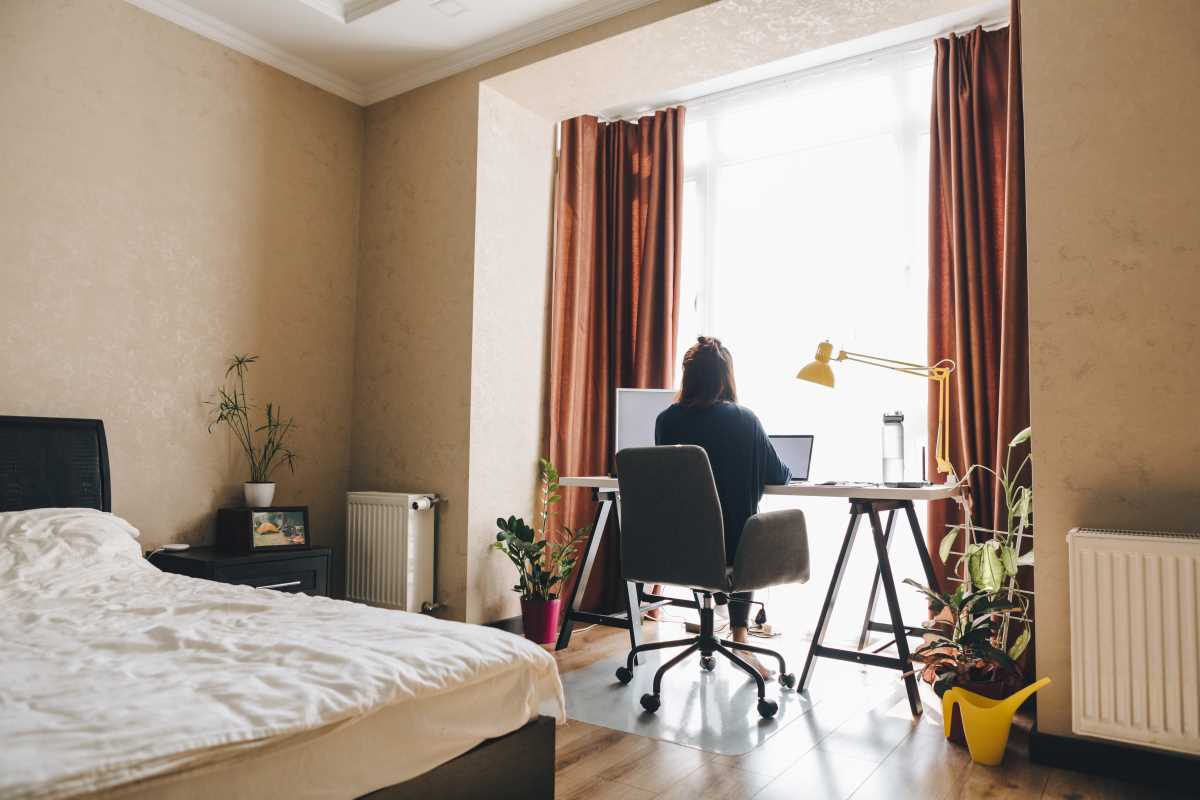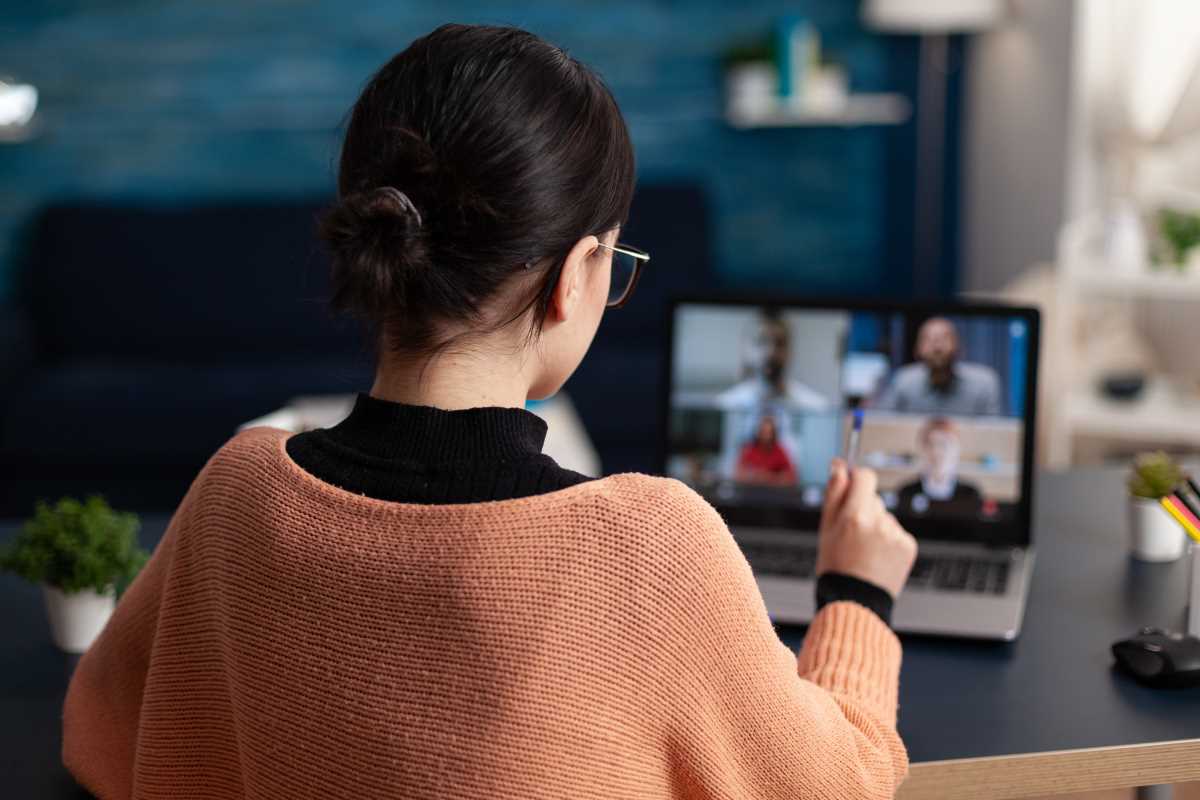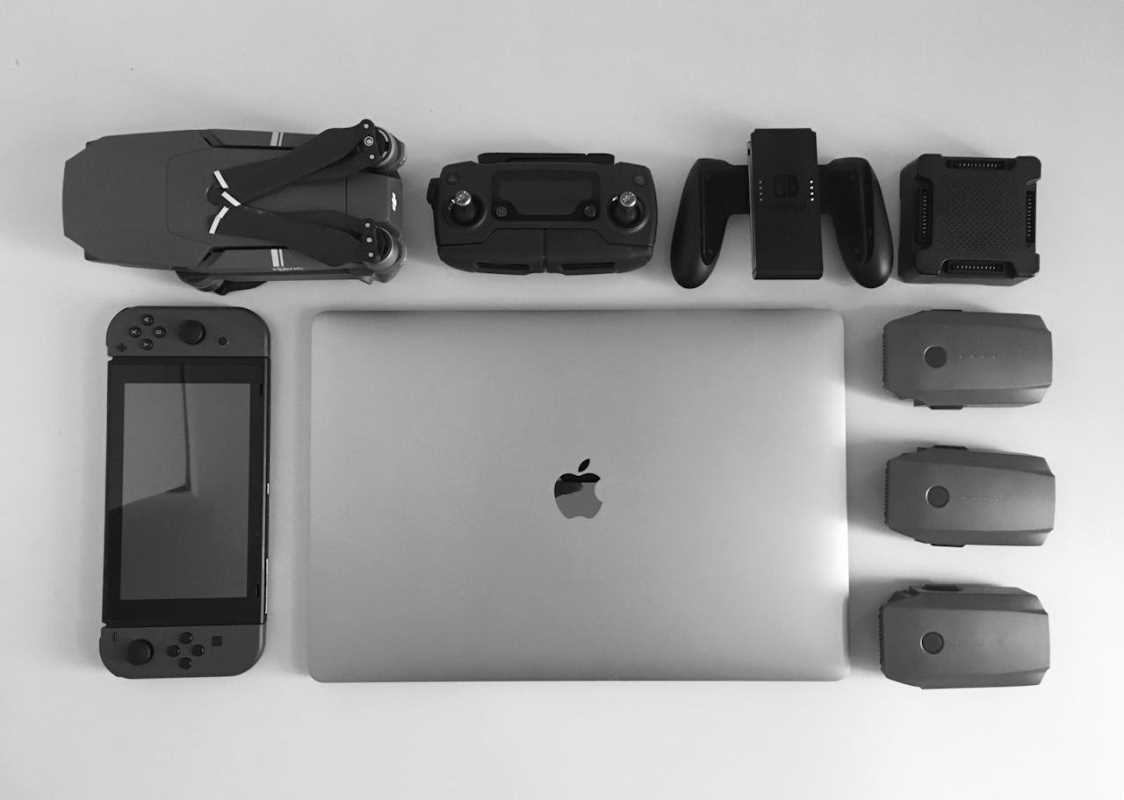Sharing a home with others often means that peace and quiet can be hard to come by, especially when everyday sounds travel easily through walls and open spaces. The whir of a blender, the scrape of a chair, or muffled conversations from the next room can disrupt your concentration at the worst moments. Whether you need to write a crucial email or draft a creative project, unwanted noise makes these tasks more difficult. Fortunately, you have more choices than just wearing earbuds—modern noise-cancelling solutions can help you carve out a peaceful work area almost anywhere. Discover practical ways to minimize interruptions and create an environment that helps you stay focused.
We’ll explain how noise-cancelling technology works, recommend the best gear to try, suggest tweaks for your space, and share smart setup tips. By the end, you’ll have clear steps and fresh ideas to block out chatter or traffic noise—and get your head back in the game.
How Noise-Cancelling Technology Works
Noise-cancelling gear employs two methods. One creates counter-sound waves by generating anti-noise, while the other uses barriers and materials to muffle disturbances. Both help make your little home office feel like a calm bubble.
Here’s a quick overview:
- Active noise cancellation: Tiny microphones pick up ambient noise and send that data to a chip. The device then produces an inverse sound wave to cancel out incoming sounds before your ear even registers them.
- Passive noise cancellation: Thick cushions, snug seals, or dense materials physically block sound from entering your ear or workspace. Simple foam inserts or heavy curtains count here.
Using both active and passive methods together provides the best overall noise reduction. Over-ear headphones or closed pods in corners often combine foam and electronics for maximum effect. That combination makes it much easier to focus during a video call or brainstorming session.
Top Noise-Cancelling Devices and Gear
No single gadget fits every routine. Some excel during calls, others block out loud appliances. We rated devices based on comfort, battery life, and real-world silence. These choices suit shared apartments, open-concept homes, or anywhere noise sneaks in.
- Bose QuietComfort 45: Provides balanced noise cancellation and plush ear cups that feel like pillows. It lasts up to 24 hours on a charge and handles mid-frequency chatter especially well.
- Sony WH-1000XM4: Adjusts noise filtering based on your environment. It uses head movement and ambient sound detection to switch modes, so it adapts whether you’re sitting still or pacing around.
- Apple AirPods Pro (2nd Gen): Offers effective ANC in a compact size. It slips into pockets easily, and the spatial audio feature creates a wider soundstage for music breaks.
- Urbanears Reimers: A budget-friendly over-ear option with thick padding. Its downside is shorter battery life, but you can connect a cable when it runs out of power.
- Shure AONIC 50: Focuses on studio-quality sound and delivers consistent suppression across all ranges. It’s a bit bulkier but worth it if audio quality matters.
While those devices work well for personal listening, you can also consider add-ons like noise-cancelling desk pods or desktop shields that create a mini booth around you. They work great if headphones feel too isolating.
Environmental Adjustments for Better Focus
Even the best headphones can’t block every sound—some noise leaks around you. That’s when simple room adjustments come into play. Replace bare walls with surfaces that absorb sound. A few strategic changes turn echoes into a controlled hush.
Try these modifications:
- Hang fabric wall panels or heavy canvas prints near your workspace to absorb midrange noise.
- Place a tall bookcase or a room divider behind you to block hallway chatter or kitchen traffic.
- Lay down a plush rug or carpet mat to reduce footstep noise from other rooms.
- Add houseplants with thick leaves; they naturally absorb sound and refresh the air.
- Install weather-stripping around doors and windows to seal drafts and noisy gaps.
These changes don’t require much money and can lower noise levels by up to 30 percent. When combined with earbuds or headphones, your workspace will sound much quieter.
Setting Up Your Workspace for Better Silence
Designating a dedicated corner helps prevent you from drifting back into busy zones. You can create a quiet nook even in a small flat. It’s just a matter of planning.
Use these layout ideas and accessories:
- Position your desk away from doorways and busy hallways. Facing a wall often feels more peaceful than having an open view into the room.
- Set up a portable privacy panel or acoustic screen on your desk to block visual distractions and sound.
- Place a small white-noise machine behind you to mask sudden sounds, like a slamming door or a vacuum cleaner.
- Use a vibration-dampening mat under your desk to reduce keyboard thumps traveling through the floor.
- Keep a pair of lightweight noise-cancelling headphones nearby for instant focus.
Once everything is in place, agree on “quiet hours” with housemates or family members. A visible sign or shared calendar helps everyone stick to the plan. That way, your nook becomes a reliable zone for deep work.
Price vs. Performance Comparison
Premium models often claim the best noise cancellation, but mid-range options sometimes come very close at half the price. Decide what matters most—battery life, portability, or absolute silence—and balance your costs accordingly.
If you spend long hours on calls or need consistent calm throughout your workday, a high-end over-ear set like Sony WH-1000XM4 or Bose QuietComfort 4 makes sense. Their battery life stays strong, and comfort lasts all day.
On the other hand, if you mainly need to block background noise for short focus efforts, earbuds such as AirPods Pro or budget-friendly headphones like Urbanears Reimers work well. They fit in a pocket and quickly silence your surroundings.
Desktop shields or portable booths involve a one-time purchase and help reduce broad noise leaks, but they lack mobility. Think about where you will do most of your work before buying.
In summary, combining a good noise-cancelling device with simple room adjustments offers the best value. You get targeted quiet when it’s most needed.
Start reclaiming your focus by selecting a setup that fits your needs and testing different gear. With some trial and error, you will find the right balance between quiet and productivity.
 (Image via
(Image via





